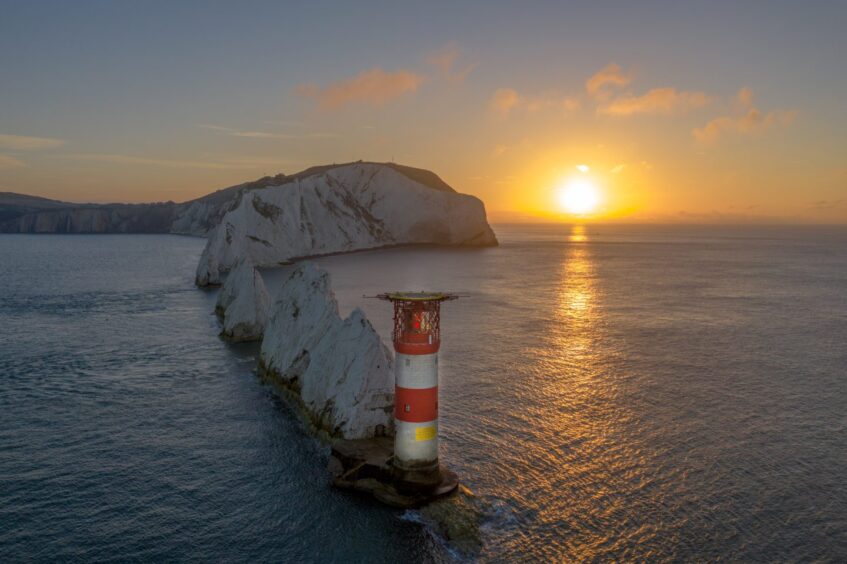
A new opportunity has been opened to bring emissions-busting Carbon Capture and Storage (CCS) technology to the English Channel.
Launched by the North Sea Transition Authority (NSTA), this out-of-round licensing application seeks to bring CO2 storage projects to waters near the Isle of Wight, storing the emissions in depleted saline aquifers under the seabed.
Applications need to be in before the window closes on Wednesday 5th June.
According to trade body Offshore Energies UK (OEUK), the English Channel is estimated to have a potential storage capacity of over 1 gigatonne of CO2, equivalent to the emissions of more than 200 million cars driven in one year.
It comes after the NSTA launched its first CCS licensing round in 2022, which saw 21 sites offered to applicants last year.
OEUK policy and sustainability director Michael Tholen said the English Channel announcement is “an important step” for the UK’s CCS sector “which now needs to be matched by a clear policy environment to provide certainty to investors”.
Over a year since chancellor Jeremy Hunt unveiled a £20bn package for CCS development, clarity is yet to emerge over timelines on how it would be deployed.
Meanwhile groups like the CCS Association have warned that investors will simply take projects elsewhere if the UK fails to deliver.
Mr Tholen said: “Although the announcement of £20bn of government support for CCS is welcome, industry needs clarity about the specific timelines for the deployment of the funding.
“Equally, CO2 emitters need a clear route to market in the form of a regular competitive allocation process and a framework to enable non-pipeline transportation of CO2 needs to be developed.
“The UK’s oil and gas supply chain has highly transferable capabilities to deliver CCS that are essential to make this project a success. A supply chain report commissioned by OEUK shows that around 80% of UK CCS expenditure is targetable by the existing oil and gas supply chain and the targetable UK CCS supply chain market is expected to be worth £2.6 billion in 2040.”
Recommended for you

